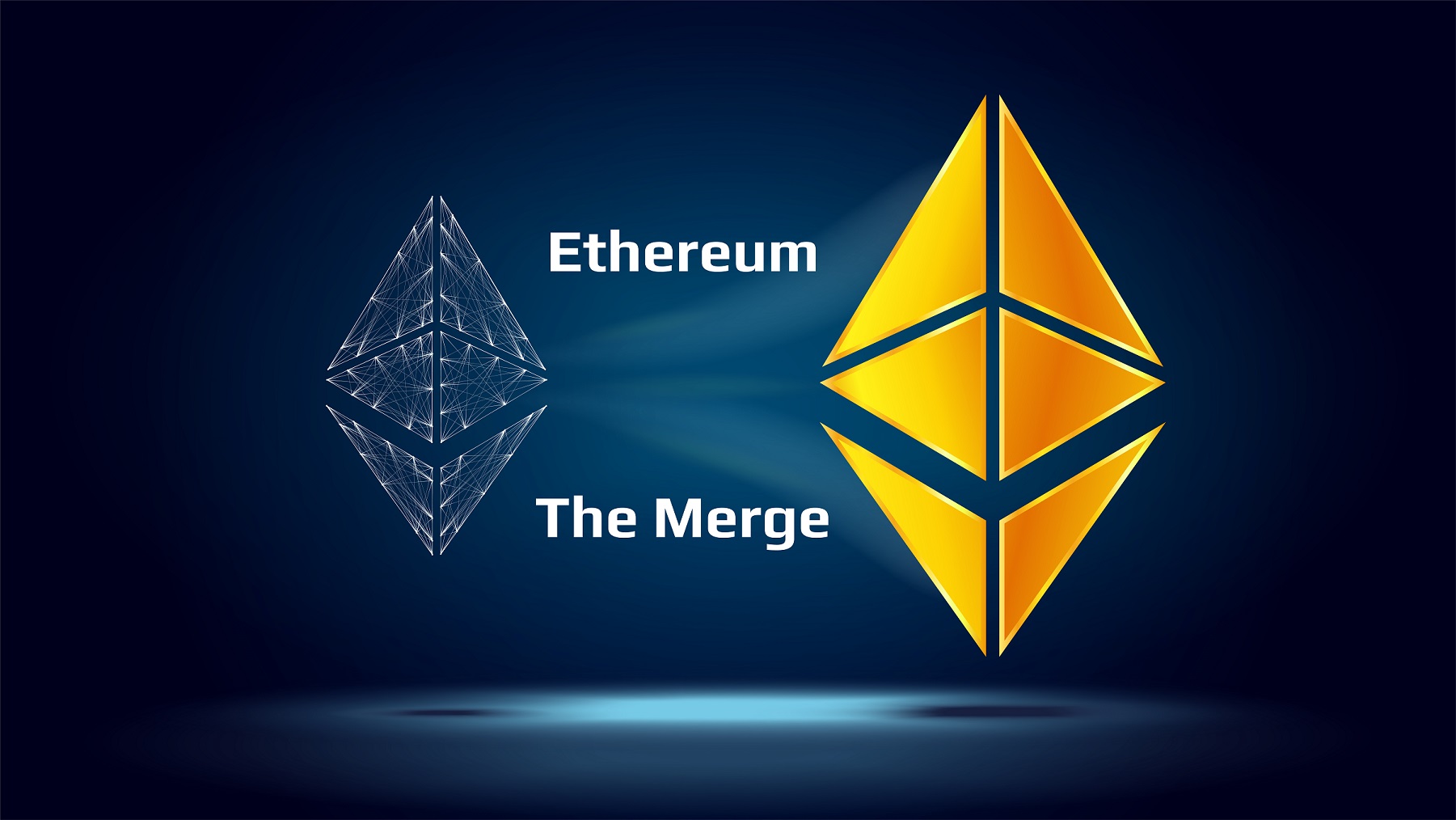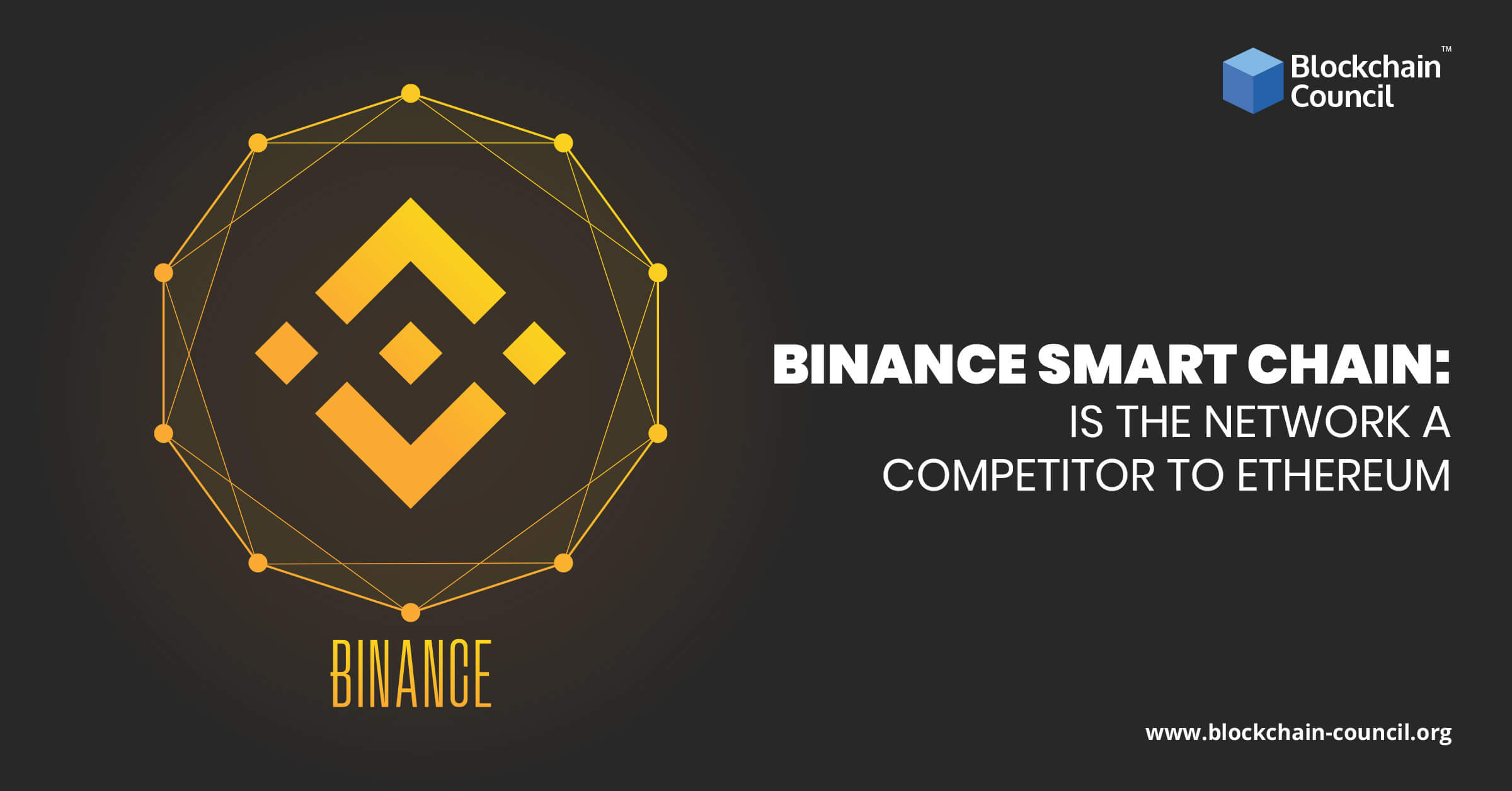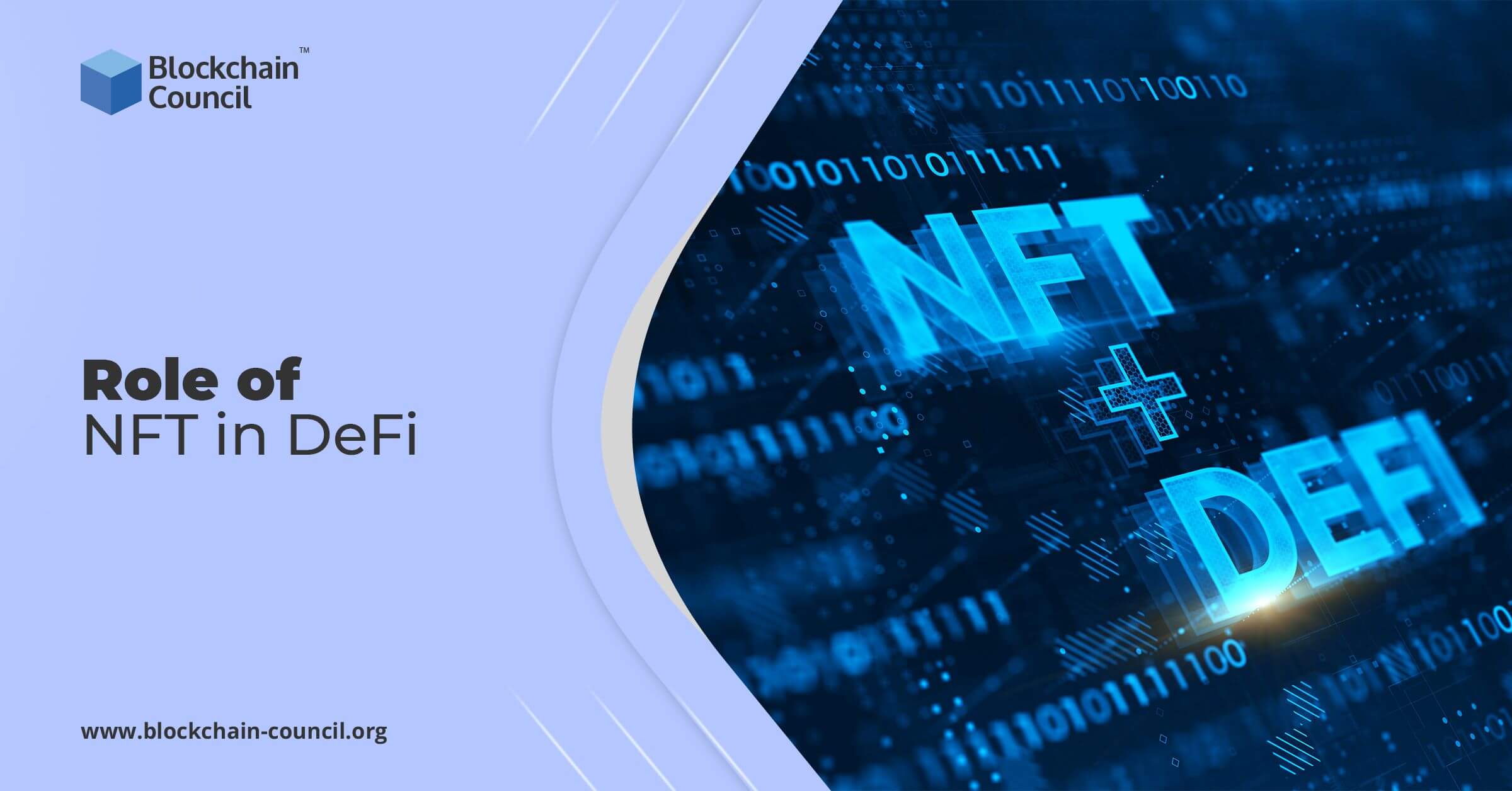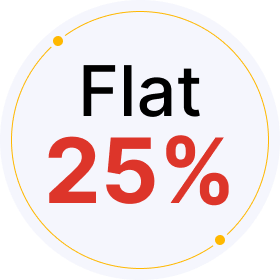
- Anshika Bhalla
- September 17, 2024
Overview
Ethers.js is a JavaScript library and toolkit that has proven to be a convenient way to interact with the Ethereum Blockchain for developers. In the crypto scene, It is one of the most popular libraries used by Ethereum developers to build decentralized applications (dApps) and deploy smart contracts. Ethers.js provides developers with different options and the versatility needed to program Web3 applications.
Professionals who are experts in Web3 development are a great asset to any brand nowadays because of the increasing use of Web3-based programming assets like ethers.js. One has to be extremely skilled in handling the tools like ethers.js for the brands, and there is a great deal of opportunity if they educate themselves about it.
Introduction
Ethers.js is one of those tools that has proven to be a holy grail for the Ethereum developer community. They can easily interact with the underlying Blockchain with its help, and it also helps them to make requests to the Blockchain and generate responses through it.
Ethers.js is one of the most necessary tools for developers trying to build a dApp or an application based on any Blockchain in their early development phase. It provides a simple interface that makes a developer’s work extremely easy yet effective.
Developers can also interact and share the modules that worked for them with the community members to help them out. If you want to emerge as a Web3 expert, you can’t afford to miss learning ethers.js.
Overview of Ethers.js
To understand ethers.js in detail, we should look at some of the key features of ethers.js. It will help us understand its basics and why it is a popular alternative for the Web3.js framework to build the dApps. With this ethers.js overview, you will get a good idea of if you should take a certified course for Web3 certification to upskill yourself.
Easy to use API: Ethers.js provides a simple yet powerful API that makes it easy for developers to interact with the Ethereum network and perform common tasks. It is lightweight, and its API is easy enough for any developer to start their development journey.
Simple and easy-to-interact interface: Ethers.js reduces the complexities of the Ethereum network, making it easy for developers to focus on building their applications. Other frameworks like Web3.js are also good, but their complex interface is not easy for beginners to understand and use.
Widely used by the Ethereum community: It is popular within the Ethereum community, making it easy for the developers to find and look for its documentation and practices. It also helps to share your knowledge with others.
Support for both Node.js and web browsers: Ethers.js supports both Node.js and web browsers, making it a versatile tool for Ethereum development.
Comparison with other Ethereum development libraries
Ethers.js is one of many libraries used for Ethereum development, but it stands out due to its simplicity, versatility, and widespread use in the Ethereum community. Other popular Ethereum development libraries include Web3.js and Truffle, but Ethers.js provides a more user-friendly API and has better support for advanced use cases.
When comparing Ethers.js with other Ethereum development libraries, particularly Web3.js, several key differences and considerations emerge.
Ethers.js Overview:
As we already discussed, Ethers.js is a JavaScript library designed for Ethereum development. It’s known for being a comprehensive solution, supporting not only Ethereum but also other EVM-compatible Blockchains. Key features of Ethers.js include extensive documentation, maintained test cases, safe private key handling, and the ability to create JavaScript objects from any contract ABI. It also supports importing and exporting JSON wallets, like Geth and Parity, and uses ENS names. Launched in 2015 by Richard Moore, Ethers.js has grown in popularity among Ethereum and EVM developers due to its lightweight nature and powerful capabilities.
Web3.js Overview:
On the other hand, Web3.js is another JavaScript-based library for Ethereum development, created by the Ethereum foundation in 2015. It connects clients to the Ethereum Blockchain using HTTP, IPC, or Websockets. Web3.js doesn’t manage keys like Ethers.js, assuming instead that a local node handles key storage and transaction signing. It’s known for its robust feature set, large community, and compatibility with other web development libraries. However, it’s larger in size compared to Ethers.js and uses a more restrictive license.
Feature Support Differences:
- Ethers.js has built-in support for contract factories, simplifying the deployment of new smart contracts, and offers native support for creating and signing transaction objects. However, it has more limited support for DEX-related utilities compared to Web3.js.
- Web3.js, in contrast, has extensive support for working with decentralized exchanges and requires a separate library for functionalities like transaction signing.
Pros and Cons:
- Web3.js boasts a robust feature set and a large, established community. It’s compatible with many other libraries and frameworks, making it suitable for complex scenarios. However, its size may reduce website performance and it lacks the flexibility found in Ethers.js regarding key handling.
- Ethers.js is lighter and offers a simpler API, making it more user-friendly, especially for those new to Ethereum development. Its object-oriented syntax is easier for JavaScript developers to understand. However, it has a more limited feature set compared to Web3.js.
Choosing the Right Library:
The choice between Ethers.js and Web3.js depends on your project requirements. If you need a robust feature set and established community support, Web3.js might be preferable. For a lightweight, performant library with a simpler API, Ethers.js could be a better choice. Consider the complexity of your smart contracts, the level of interaction with the Blockchain, and your development style and preferences before deciding.
Use cases of Ethers.js.
Ethereum developers use ethers.js to build decentralized applications and smart contracts. It is particularly useful for applications that require sending transactions and querying data from the Blockchain. Because of how simple it is to interact with the Ethereum Blockchain, it opens many options and use cases. Ethers.js, a comprehensive JavaScript library, is pivotal in Ethereum development. It’s not just confined to Ethereum; it also supports other EVM-compatible Blockchains, broadening its utility. This library, released in 2016, has gained popularity due to its compactness and completeness for Ethereum-related developments.
One of its main attractions is its ability to work seamlessly with the Ethereum Blockchain. Developers appreciate ethers.js for its user-friendly API, TypeScript support, and its minimal bundle size, which makes it efficient and easy to integrate into various applications. Additionally, its comprehensive and active test case library ensures reliability and robustness in development.
Ethers.js stands out with several key features:
- Decentralized Applications (dApps) Development: Ethers.js is extensively used in creating dApps, offering developers a robust platform to interact with the Ethereum Blockchain easily.
- Smart Contract Interaction: The library provides functionalities to deploy, interact with, and manage smart contracts on Ethereum, enhancing the Blockchain’s programmability.
- Ethereum Name Service (ENS) Integration: Ethers.js treats ENS names as first-class citizens, allowing them to be used wherever Ethereum addresses are applicable, thus simplifying transactions and interactions on the network.
- Wallet Management: It includes features for importing and exporting JSON wallets and handling mnemonic phrases and HD wallets, catering to the security and management aspects of Ethereum wallets.
- Connecting to Ethereum Nodes: Ethers.js facilitates connections to Ethereum nodes over various services like JSON-RPC, Etherscan, MetaMask, Infura, Alchemy, or Cloudflare, offering flexibility in accessing Blockchain data.
- Cross-Chain Functionality: Its support for EVM-compatible Blockchains means it’s not limited to Ethereum; it can be used for a variety of other Blockchain platforms, expanding its use cases in the Blockchain ecosystem.
- Streamlining Web3 Development: By integrating Web3 functionalities, ethers.js simplifies the process of building applications that interact with the Ethereum Blockchain.
This library is particularly favored for its small size, which doesn’t compromise on its capabilities, and the security it offers in terms of keeping private keys safe. Its open-source nature, under the MIT license, including all dependencies, makes it an accessible and widely accepted tool in the developer community..
Getting Started with Ethers.js
Installation process
To start with Ethers.js, you first need to install it as a dependency in your project. For that, you need to have Node JS installed on your computer. Once you install it, you must write this command in your terminal. You can install NodeJS from this link.
npm install –save ethers
Setting up a development environment
Once you have installed Ethers.js, you can start using it in your project. To get started, you need to set up a development environment that includes a local Ethereum node and a development tool such as Remix.
Creating your first Ethers.js application
To create your first Ethers.js application, you can use the following code as a starting point:
const ethers = require(‘ethers’);
const provider = new ethers.providers.JsonRpcProvider(‘http://localhost:8545’);
const signer = provider.getSigner();
async function sendTransaction() {
const transaction = {
to: ‘0x0000000000000000000000000000000000000000’,
value: ethers.utils.parseEther(‘1.0’),
gasLimit: 21000,
gasPrice: ethers.utils.bigNumberify(‘20000000000’)
};
const signedTransaction = await signer.sign(transaction);
const transactionHash = await provider.sendTransaction(signedTransaction);
console.log(`Transaction hash: ${transactionHash}`);
}
sendTransaction();
This code creates a new Ethereum JSON-RPC provider, a signer, and sends a simple Ethereum transaction. The transaction sends 1 ETH to a specified address and sets the gas limit and price.
Understanding the Ethers.js API
Overview of Ethers.js API
The ethers.js contains some important modules that can interact with the nodes of the Ethereum Blockchain and generate the data as required. The API also includes methods for signing and sending transactions, querying Blockchain data, and deploying and interacting with smart contracts.
Interacting with the Ethereum network
Ethers.js provides several ways to interact with the Ethereum network, including sending transactions, querying data from the Blockchain, and deploying and interacting with smart contracts. Its modules, like ethers.provider, are well equipped for the Ethereum Blockchain and can interact with its nodes easily to establish a connection.
Signing and sending transactions
Ethers.js makes it easy to sign and send transactions. The library includes a signer object that can be used to sign transactions and a provider object that can be used to send signed transactions to the Ethereum network.
Querying Blockchain data
Ethers.js also provides an easy way to query data from the Ethereum Blockchain. The library includes a provider object that can be used to send JSON-RPC requests to an Ethereum node and retrieve data from the Blockchain.
Advanced Topics in Ethers.js
Contract deployment and interaction
Ethers.js makes it easy to deploy and interact with smart contracts. The library includes a Contract object that can deploy new contracts and interact with existing ones.
Contract testing with Ethers.js
Ethers.js can also be used for contract testing. The library includes several tools and utilities that can be used to test contracts, such as the Provider object and the Contract object.
Integrating Ethers.js with other Ethereum tools
Ethers.js can be integrated with other Ethereum tools, such as Remix and Truffle, to provide a complete Ethereum development environment. This makes it easier for developers to build and test their applications and smart contracts.
Future of Ethers.js
The future of Ethers.js, which is closely tied to the Ethereum Blockchain, seems to be influenced by several key factors and expert predictions. Ethereum’s potential growth and advancements play a crucial role in determining the trajectory of technologies like Ethers.js.
- Technological Developments: Ethereum’s continuous technological advancements, such as the transition to Ethereum 2.0 and improvements in smart contract capabilities, are crucial. These advancements might positively impact the usage and capabilities of Ethers.js.
- Market Predictions: Predictions for Ethereum’s price vary significantly among experts. Some analysts, like Anthony Sano, are extremely bullish, predicting Ethereum could potentially hit the $10,000 mark within 2024, largely due to its unique staking feature. On the other hand, forecasts from platforms like TradingView and Wallet Investor suggest a range of predictions, from as low as around $1,600 to as high as $10,000 by the end of 2024.
- Ethereum vs. Bitcoin: Some research, like that from the ETC Group, suggests that Ethereum’s native cryptocurrency, Ether, might outperform Bitcoin in 2024. This prediction is based on Ethereum’s evolution as a leading smart contract platform and its transition to a deflationary model.
- Long-Term Outlook: Looking further ahead, Standard Chartered Bank’s Geoffrey Kendrick sees Ethereum’s price potentially reaching $8,000 by the end of 2026, considering its dominance in smart contract platforms and the development of new use cases.
- Diverse Opinions: It’s important to note that there are diverse opinions within the cryptocurrency market. While some are optimistic about Ethereum and, by extension, Ethers.js, others are more cautious, pointing out the unpredictable nature of digital assets.
Conclusion
Ethers.js is a very important module used in the Web3 landscape. Its API is simple to understand yet very powerful for any developer who wishes to program a crypto-based application. As a developer, it is extremely important to understand the working of ethers.js as it will help you to land a job offer. There are multiple courses created for professionals to understand Blockchain development on the Blockchain council that will train you with all the necessary tools required to excel in the field.
The future of Ethers.js looks very bright, as it continues to be a popular tool for Ethereum development and interaction with its interface. Its simplicity, versatility, and widespread use in the Ethereum community make it a very useful tool for Ethereum developers. As the Ethereum ecosystem continues to grow, Ethers.js will play an important role to make it easier for developers to build decentralized applications and smart contracts with it.
Frequently Asked Questions
- What is Ethers.js, and what are its main features?
- Ethers.js is a JavaScript library for Ethereum Blockchain development.
- It provides a simple and easy-to-use interface for interacting with Ethereum smart contracts.
- It supports contract deployment, function calls, and events handling.
- How does Ethers.js differ from other Ethereum development tools?
- Ethers.js is a JavaScript library, unlike other Ethereum development tools like Truffle and Remix, which are more comprehensive development environments.
- Ethers.js is lightweight and focuses solely on providing an easy-to-use interface for smart contract interactions.
- What are the benefits of using Ethers.js for Ethereum development?
- Ethers.js provides a simple and easy-to-use interface for Ethereum development, which makes it easier for developers to get started with smart contract development.
- Is Ethers.js compatible with other Ethereum development tools like Truffle and Ganache?
- Yes, Ethers.js is designed to work seamlessly with popular Ethereum development tools such as Truffle and Ganache.
- It can be used with these tools to streamline the development process.
- Is Ethers.js suitable for both Node.js and browser environments?
- Yes, Ethers.js is designed to be compatible with both Node.js and browser environments, making it a versatile choice for Ethereum development projects.
- This makes it possible to use Ethers.js for both server-side and client-side development.


































































 Guides
Guides News
News Blockchain
Blockchain Cryptocurrency
& Digital Assets
Cryptocurrency
& Digital Assets Web3
Web3 Metaverse & NFTs
Metaverse & NFTs
